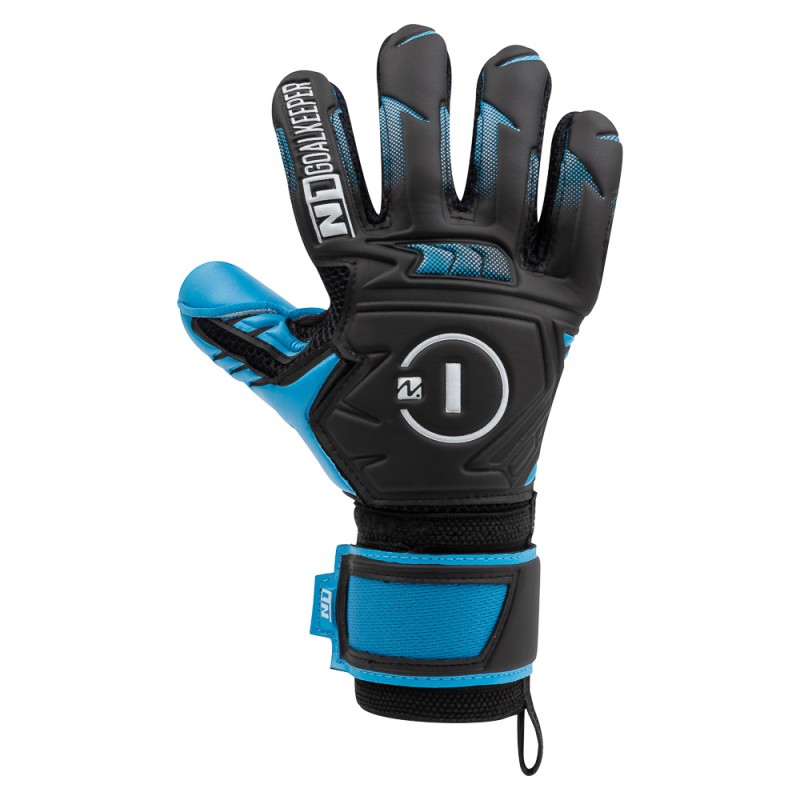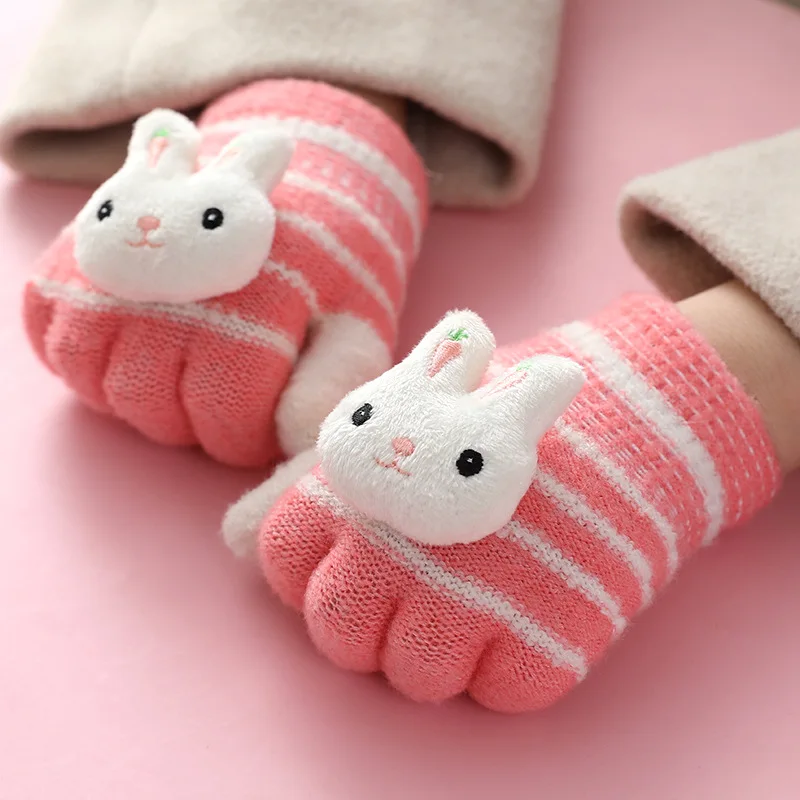When the chill of winter sets in, it’s important for kids to stay warm. One of the most essential winter accessories is a good pair of gloves. Kids love to play in the snow, and gloves help keep their hands warm and dry. This article will guide you through all aspects of children’s gloves, ensuring you find the perfect pair for your child.
Understanding Types of Gloves for Kids
Mittens vs. Gloves
When selecting gloves for kids, the first decision to make is between mittens and gloves. Both have their own advantages and disadvantages. Mittens are typically warmer because all the fingers are together. This design creates shared warmth among the fingers. For younger kids, mittens are often easier to put on and take off. Manipulating each finger into its own compartment can be challenging.
On the other hand, gloves allow for greater dexterity. Kids can easily grip toys or help with tasks like building a snowman. If your child enjoys outdoor snow games, gloves might be the way to go. However, they usually offer less warmth than mittens. Therefore, it’s vital to consider what activities your child will be doing when choosing between these two types.

Waterproof and Breathable Materials
The material of the gloves is critical for performance, especially in snow and wet conditions. Look for gloves made from waterproof fabrics. This will help keep kids’ hands dry. Wet hands can lead to cold fingers and discomfort. Waterproof gloves are usually made from materials like nylon or polyester.
Breathable materials are just as important. While waterproof fabric keeps moisture out, it’s also essential for sweat to escape. Choose gloves that have breathable membranes. This combination helps keep hands dry and comfortable during play.
Insulated Gloves
Insulation is another key factor to consider. Insulated gloves help trap heat and keep the hands warm. Look for gloves filled with synthetic insulation, down feathers, or fleece. Each material has its own advantages. Synthetic insulation is lightweight and dries quickly, while down offers excellent warmth. Fleece can be a comfortable lining for added softness.
Sizing and Fit
Getting the right size is vital. Ill-fitting gloves can hinder movement or even cause discomfort. It’s essential to measure your child’s hand properly. Use a measuring tape to find the circumference around the palm. Then, compare this measurement to the sizing chart provided by the glove manufacturer.
When trying gloves on, check for a snug but not overly tight fit. Your child should be able to flex their fingers comfortably. Thumbs should have a proper range of motion. If the gloves are too loose, they may fall off or become ineffective at keeping hands warm.
Choosing Custom Features and Styles
Extra Features: Cuffs and Straps
Consider gloves with additional features like cuffs and straps. Cuffs help keep snow from getting inside the gloves. They can be elastic or buttoned for a more secure fit. Kids often play in the snow, so this feature is essential. Snow entering the gloves can quickly lead to cold, wet hands.
Straps help prevent kids from losing their gloves. Many gloves come with a strap that connects around the wrist, keeping the gloves securely in place. This is especially useful for younger kids who tend to misplace items. Features like these make gloves more practical for everyday wear.
Fun Colors and Designs
Kids love to express their personalities through their clothing. Gloves are no exception. Manufacturers offer a wide variety of colors and designs. From superhero themes to colorful patterns, you can find something that appeals to your kid’s taste. Choosing fun designs can make wearing gloves more enjoyable for children, encouraging them to wear them regularly.
Touchscreen Compatibility
In today’s digital age, many kids use smartphones and tablets. Consider gloves that are touchscreen compatible. Some gloves come with materials on the fingertips that allow kids to use their devices without removing their gloves. This feature adds convenience and keeps their hands warm while they’re texting or playing games. Look for gloves designed specifically for children, as those will usually have smaller fingertips for a better fit.
Lightweight Options for Mild Weather
Not all winter days are frigid. For milder weather, choose lighter, insulated options. Lightweight gloves are perfect for cool but not freezing temperatures. They offer some warmth without being too bulky, allowing for more movement. Your child can still grip objects easily and enjoy outdoor activities.
Caring for Kids’ Gloves
Proper Wash and Care Instructions
To prolong the life of kids’ gloves, proper care is essential. Always refer to the manufacturer’s washing instructions. Many gloves are machine washable, but some may require hand washing. When washing, use a gentle detergent. Avoid using fabric softeners as they can ruin the waterproof features.
When air drying, shape the gloves to prevent them from losing their form. Do not wring them out, as this can damage the insulation. Remember to store them in a cool, dry place to prevent mildew.
Inspect for Damage Regularly
Regularly inspect gloves for signs of wear and tear. Pay attention to the seams, fingers, and cuffs. If you notice rips or damage, it’s time to replace them. Worn gloves can be less effective at keeping hands warm and dry.
Seasonally Rotating Gloves
Kids’ hands grow fast. Rotate gloves seasonally to make sure your child always has a fitting pair. At the end of each winter, check if the gloves still fit. It’s a good idea to donate or store gloves that no longer fit, ensuring they are in good condition for future use.
Safety Tips for Kids Wearing Gloves
Avoiding Loss and Misplacement
Kids can easily misplace items, especially gloves. To combat this, use techniques to keep tabs on their belongings. You can attach a clip or a mitt clip to their jackets. This way, they can securely attach their gloves when not in use. Teaching kids to keep their items together can help them take responsibility.
Check for Allergies
Before buying gloves, check for any potential allergies. Some synthetic materials can cause skin reactions. If your child has sensitive skin, opt for gloves made from natural fibers. Always monitor for redness or itchiness when wearing new gloves.
Teach Kids Proper Usage
Show kids how to wear and take off gloves correctly. Teach them to avoid pulling on the fingertips as this can weaken the seams. Additionally, remind them to remove their gloves when inside to keep them dry. Instilling these habits from a young age helps take care of their gear.
Shopping for Kids’ Gloves: Where to Buy
Local Stores
Local stores are a great place to start your search for kids’ gloves. You can physically try the gloves on your child. This allows you to assess the fit, comfort, and style. Staff members can often provide excellent advice and recommendations based on your child’s age and activities.
Online Shopping
Online shopping offers a more extensive selection. You can filter results based on size, material, and style. Many websites even have customer reviews, giving you insights from other parents. One downside is that you may have to return items that don’t fit well. Make sure you consult size charts carefully.
Specialty Outdoor Stores
Specialty outdoor stores often carry high-quality gloves designed for specific activities like skiing or snowboarding. These gloves are usually more durable and come with specialized features. They can be more expensive but are often worth the investment for serious winter activities.
Budgeting for Kids’ Gloves
Affordable Options
Choosing the right gloves doesn’t have to break the bank. Many affordable options are available that still offer warmth and comfort. Look for sales or clearance events, especially at the end of the winter season.
Understanding Quality vs. Price
Keep in mind that cheaper gloves might not last as long. Sometimes, investing in a pair of higher-quality gloves can save money in the long run. They will not only last longer but can also be more effective at keeping warmth and moisture out.
Conclusion: Happy Hands, Happy Kids
Selecting the right gloves for kids can enhance their outdoor experience. Keep in mind their activities, preferences, and comfort. Prioritize waterproof features, insulation, and fit. By investing a little time and effort, you can ensure your child’s hands stay warm and dry all winter long. The right gloves can make all the difference, allowing them to fully enjoy snowball fights, sledding, and all the joys of winter. Happy glove shopping!


